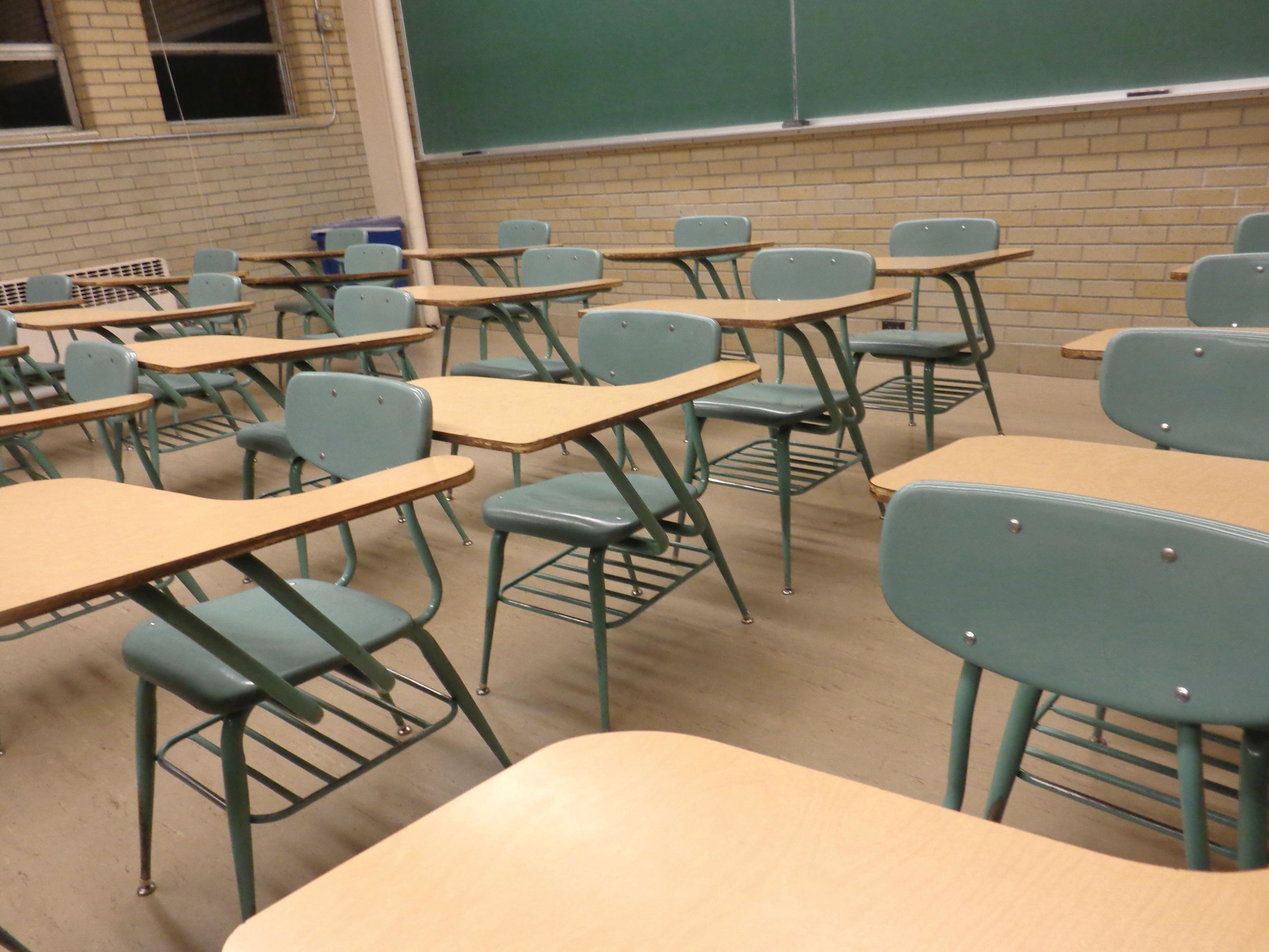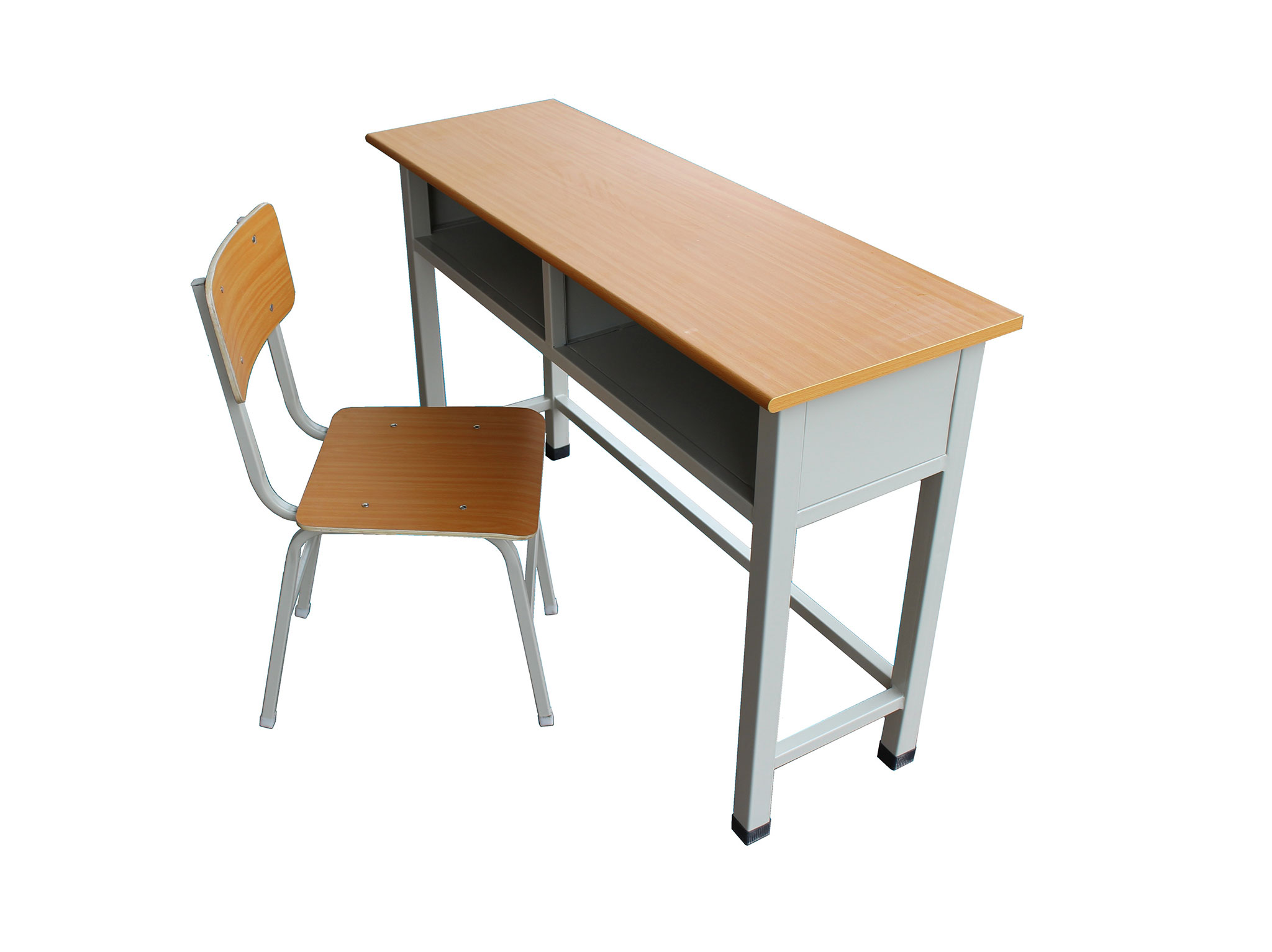Classroom Desk and Chair Set Features & Benefits: Desk And Chair Set For Classroom

The silent classrooms, echoing with the ghosts of lessons past, hold within them the silent witnesses to countless hours of learning: the desks and chairs. These unassuming pieces of furniture, often overlooked, profoundly impact a student’s comfort, posture, and ultimately, their ability to absorb knowledge. Their design, materials, and ergonomics whisper a story of thoughtful consideration or, sadly, of neglect.
Desk and chair set for classroom – The careful selection of classroom furniture is not merely a matter of aesthetics; it is an investment in the well-being and academic success of the students who use them. A thoughtfully chosen desk and chair set can foster a more positive learning environment, contributing to better concentration and reduced physical discomfort.
Ergonomic Features of Classroom Desk and Chair Sets
Ergonomic design in classroom furniture aims to minimize strain and maximize comfort during prolonged periods of sitting. Adjustable height desks and chairs are crucial, allowing students of varying sizes to find a position that supports their backs and promotes proper posture. Features like lumbar support in chairs and appropriately angled desk surfaces help to alleviate back pain and neck strain, common complaints among students. Some modern designs incorporate features such as tilting chair seats and adjustable armrests to further personalize the seating experience. The impact on student health and learning cannot be overstated; a comfortable student is a focused student.
Durability and Maintenance of Classroom Furniture Materials
The longevity and ease of maintenance of classroom furniture vary considerably depending on the materials used. Wooden desks and chairs, while often aesthetically pleasing, require more diligent care to prevent scratches and damage. They may be more susceptible to wear and tear in high-traffic areas. Metal furniture, on the other hand, is generally more robust and durable, but can be less comfortable and more prone to dents. Plastic furniture offers a balance between durability and affordability, but its aesthetic appeal might be less desirable. The choice of material should consider factors such as the age group of students, the level of expected wear and tear, and the available budget for maintenance and replacement.
Impact of Proper Desk and Chair Height on Student Posture and Learning
The relationship between proper desk and chair height and student posture is undeniable. Incorrect seating posture can lead to back pain, poor circulation, and even long-term musculoskeletal problems. Conversely, appropriate seating encourages good posture, improves blood flow, and promotes better concentration. A student struggling with physical discomfort is less likely to be engaged in learning. Investing in adjustable desks and chairs that allow for personalized height adjustments is therefore a vital step towards creating a supportive and effective learning environment. The subtle but significant improvement in posture translates directly into improved learning outcomes.
Comparison of Classroom Desk and Chair Sets
The following table compares four different desk and chair sets, highlighting their key features, price points, and suitability for different age groups. The prices are estimates and can vary depending on the supplier and quantity purchased.
| Desk and Chair Set | Key Features | Price Point (per set) | Suitable Age Group |
|---|---|---|---|
| Basic Wooden Set | Solid wood construction, fixed height | $100 – $150 | Elementary School (with caveats) |
| Adjustable Metal Set | Metal frame, adjustable height, durable | $150 – $250 | Middle and High School |
| Ergonomic Plastic Set | Plastic construction, adjustable height, lightweight | $120 – $200 | Elementary and Middle School |
| Premium Adjustable Wooden Set | High-quality wood, fully adjustable height and tilt, ergonomic design | $250 – $400 | All Age Groups |
Selecting the Right Desk and Chair Set for Your Classroom

The quiet hum of a classroom, filled with the rustling of papers and the murmur of focused minds, is a symphony of learning. Yet, before the melody begins, the stage must be set. The careful selection of classroom furniture, specifically desks and chairs, is a crucial, often overlooked, element in orchestrating a successful learning environment. Choosing the right set isn’t merely about aesthetics; it’s about fostering comfort, promoting proper posture, and ultimately, nurturing the potential within each student.
Classroom space, a canvas upon which learning unfolds, dictates the number and arrangement of desks and chairs. A thoughtful assessment of this space, coupled with a keen understanding of student needs, is paramount. This careful consideration ensures that the learning environment is both functional and conducive to optimal learning. The right furniture isn’t just a supporting element; it’s an active participant in the educational process.
Assessing Classroom Space and Student Needs
Determining the appropriate number and type of desk and chair sets begins with a meticulous measurement of the classroom’s dimensions. Consider the available floor space, factoring in the need for aisles for easy movement, and designated areas for group work or individual study. The number of students enrolled in the class directly influences the number of sets required. Beyond quantity, the type of desk and chair set must be chosen with the students’ age and learning styles in mind. Younger students might benefit from smaller, more adaptable furniture, while older students may require larger, more ergonomic options. The classroom’s layout should facilitate various teaching methods and activities, allowing for flexibility in student arrangement.
Considering Student Accessibility Needs, Desk and chair set for classroom
The classroom should be a welcoming and inclusive space for all learners. When selecting furniture, accessibility needs must be prioritized. This includes considering students with disabilities, such as those using wheelchairs or requiring adjustable height desks and chairs. Compliance with ADA guidelines is not merely a legal obligation; it is a fundamental aspect of creating an equitable learning environment where every student can fully participate. Investing in adaptable furniture ensures that all students have equal access to learning resources and opportunities.
Innovative Classroom Layouts
The arrangement of desks and chairs can significantly impact classroom dynamics and learning outcomes. A rigid, traditional row-style arrangement can hinder collaboration and interaction. Conversely, flexible arrangements foster a more dynamic and engaging learning environment.
Examples of innovative layouts include:
- Clustered arrangements: Small groups of desks arranged together to encourage collaborative learning and peer interaction. This fosters a sense of community and shared responsibility.
- U-shaped arrangements: Desks arranged in a U-shape, creating a central space for collaborative activities or presentations. This facilitates open communication and allows for easy teacher interaction with all students.
- Flexible learning spaces: Incorporating a variety of furniture options, including individual desks, collaborative tables, and comfortable seating areas, to cater to diverse learning styles and activities. This creates a versatile learning environment that adapts to various teaching methods.
Factors to Consider When Purchasing Classroom Desk and Chair Sets
The process of purchasing classroom furniture is a multifaceted endeavor. A comprehensive checklist should include budget constraints, safety regulations, and aesthetic considerations. Safety should be paramount, ensuring that all furniture meets relevant safety standards and is free from potential hazards. The budget should be carefully allocated to ensure value for money, balancing quality and affordability. Aesthetic considerations, while important, should not compromise functionality or safety. A harmonious balance between form and function creates a visually appealing and conducive learning space. The overall goal is to create an environment that inspires and supports learning.
